What do pilots actually do in the cruise?
Many of the general public believe pilots ‘do nothing’ in the cruise. There is no doubt a much lighter workload, but it is not true that we ‘do nothing’!
This again varies quite a lot between short haul and long haul.
Short haul – The time in the cruise will vary naturally depending on the length of the flight. If the flight time is around an hour then you will have a very short time in the cruise. The tasks that need to be completed are top of climb fuel check, prepare for arrival – this will involve reading NOTAM’s, company briefing material, working out landing performance and conducting an approach briefing with your colleague. In between this there may be chance to have something to eat and touch base with the cabin crew to ensure all is well in the cabin.
Long haul – You can expect a minimum of 5+ hours in the cruise. In long haul things tend to happen quite a lot slower. Generally nothing will be done in the climb so certainly in the cruise there is a fair amount to do. Pilots generally start by building their situational awareness as they reach the cruise, this will involve looking out one engine inoperative descent requirements, MSA restrictions – these are especially important to know in the event of a de-pressurisation resulting in an emergency descent.
Pilots will look at options ahead on the route in case diversion is required, they will need to check weather, likely runway in use, performance to land including fire cover and ground facilities, MSA, Magnetic variation and NOTAM’s.
The flight plan will then be filled in, cruise centre of gravity will be calculated and the crew may need to consider requesting an oceanic clearance to cross the North Atlantic.
Once these duties have been complete, the pilots may need to work out rest requirements for an augmented crew (3 or more pilots), they will look at FIR boundary changes for a change of Air Traffic Control Service and get regular updates on applicable SIGMET’s (significant weather). Situational Awareness will need to be updated along the route in terms of alternate airports, weather and MSA.
Pilots have to perform regular fuel checks, system monitoring, MCP And FMC amendments and they are in constant communication with Air Traffic Control.
There is no doubt that on a long flight workload during the cruise is very low. There will be time for pilots to have food, read the newspaper, catch up company notices, look up technical information and maybe have a walk around the cabin or take some rest. Sometimes people are alarmed at pilots taking rest but it important at times of low workload and has been proven to increase a pilots responsiveness at periods of higher workload if they are well rested and not tired. Being very tired operating an aircraft can be a similar feeling to being drunk with reduced response times and lack of thinking ahead.
If there are any technical issues this can take up a fair amount of workload if there is a requirement to ‘manage’ a technical problem. As long haul flights carry significantly more passengers for longer periods there is also the increased risk of medical issues onboard. They are frequent events and I probably experience some sort of medical problem on 1 in 10 flights. This will need managing with potential calls to Medlink (doctors on the ground) and worse case a diversion could be required.
Part of the cruise will be dedicated to briefing for the arrival, the requirements will be similar to the short haul operation I have mentioned previously except the briefing and studying of material will normally take longer on a long haul flight because for one they normally have more time and two they are generally not as familiar with the destination and surrounding airspace and in different continents procedures can be very different.
So in summary yes there is downtime, but pilots don’t just do nothing in the cruise, there is still work to be done.
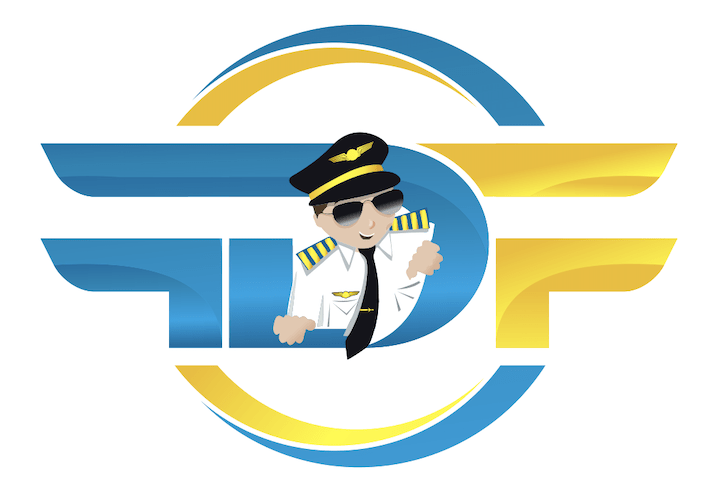
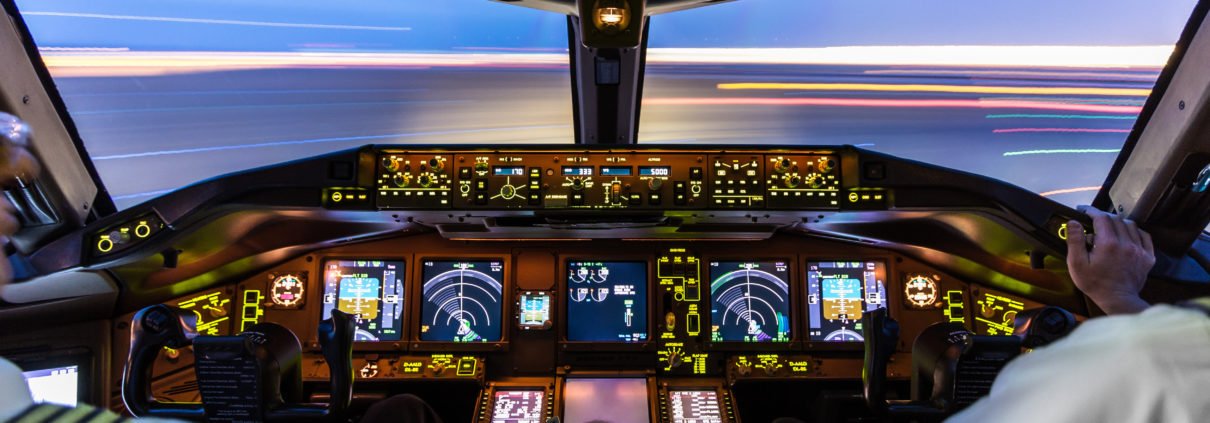
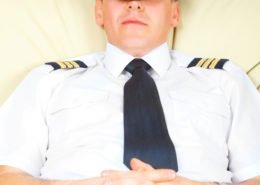 ShutterStock
ShutterStock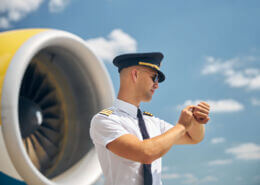
 Shutter Stock
Shutter Stock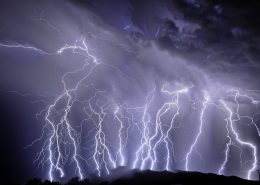
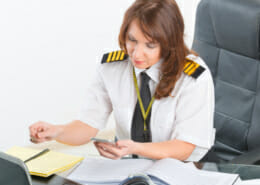

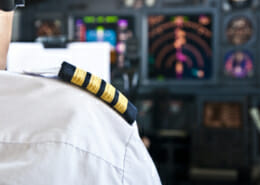
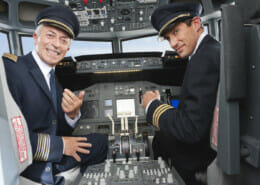 Shutter Stock
Shutter Stock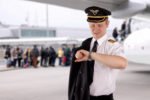
Leave a Reply
Want to join the discussion?Feel free to contribute!